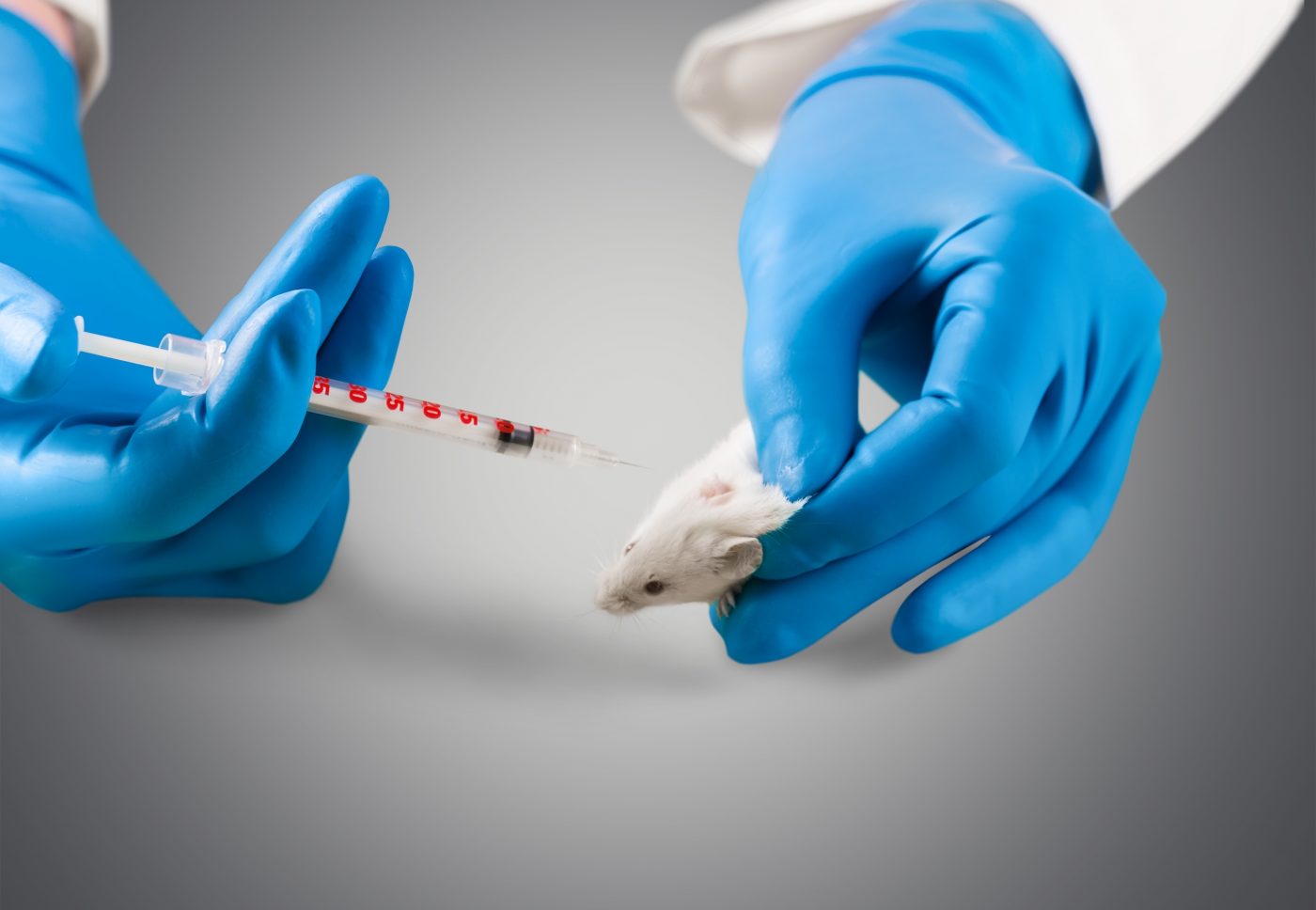New Cannabinoid-based Drug Slows Fibrosis, Blocks Inflammation in Early Scleroderma Study
Written by |

A research team has developed a cannabinoid-based drug that stimulates not only one, but two, receptors believed to be involved in fibrosis development in scleroderma. The drug, VCE-004.8, prevented the formation of fibrosis-promoting myofibroblasts in culture and stopped fibrotic changes in a mouse model of dermal fibrosis. Findings from these pre-clinical studies, while early, are promising and may lead to a new therapy for SSc.
Scientists have increasingly realizing that the PPAR-γ receptor is involved in inflammatory processes, and drugs stimulating the receptor can prevent inflammation and fibrosis in a mouse model of skin fibrosis. PPAR-γ is activated by cannabinoids, which have, in turn, also been shown to modulate fibrotic development.
The team from the University of Córdoba, Spain, developed a drug that targets PPAR-γ and the cannabinoid receptor CB2. Cannabinoid receptors are, as the name implies, the targets of cannabis. While the psychotropic effects of the drug are mediated via the cannabinoid CB1 receptor, the CB2 receptor gives rise to anti-inflammatory effects without affecting mental processes.
The study, “The cannabinoid quinol VCE-004.8 alleviates bleomycin-induced scleroderma and exerts potent antifibrotic effects through peroxisome proliferator-activated receptor-γ and CB2 pathways,” showed that the drug blocked the effects of the factor TGF-β, a key mediator of fibrosis development, slowing collagen production and the transformation of fibroblasts to disease-causing myofibroblasts.
As these effects were explored in cultured cells, the team went on to test if the drug could affect fibrotic processes in a mouse model of skin fibrosis. Researchers first injected bleomycin into the skin of the mice — a common way to trigger a fibrosis development resembling scleroderma. They then treated half of the mice with VCE-004.8, and observed that the drug reduced the fibrosis and prevented skin inflammation.
To make sure the effects seen were really a result of stimulation of the PPAR-γ and CB2 receptors, the researchers blocked the receptors using other substances. This reduced the fibrosis-preventing effects of VCE-004.8, validating that the drug acted through the two receptors.
Findings, published in the journal Scientific Reports, showed that the researchers could conclude that the actions of the drug affected fibrosis both via the TGF-β pathway and by reducing inflammatory signaling.
Drugs with the double target PPAR-γ and CB2 could represent an important advancement in the search for new scleroderma therapies.





